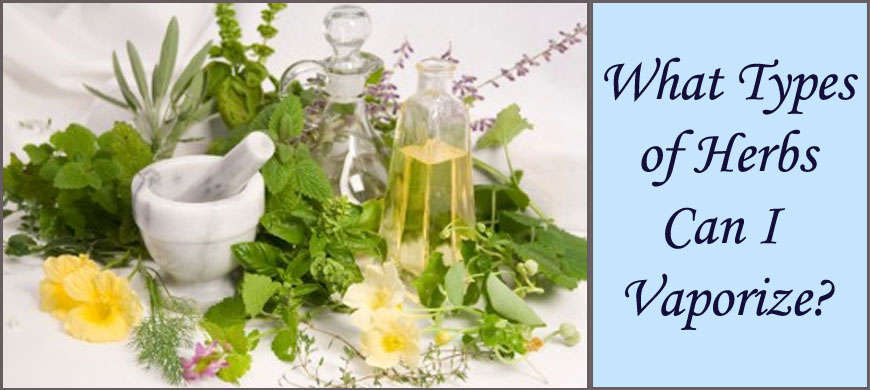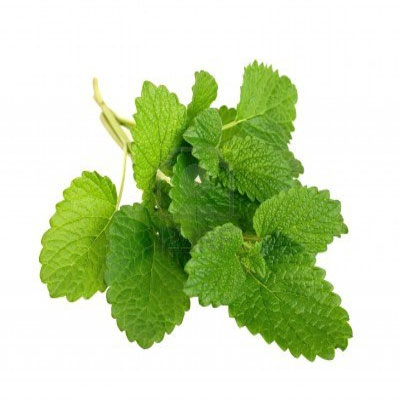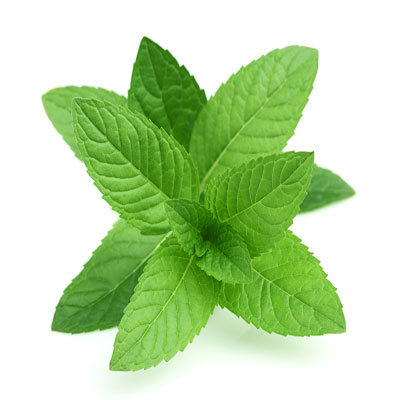
One of the most common questions our website visitors ask is what types of material can they vaporize. In this post we are going to discuss various herbs that can be vaporized and their associated benefits and effects. We will touch on certain herbs that are suited for vaporizers some key benefit of their therapeutic properties.
As you might have seen from the brochure that came with your vaporizer, you can vape a whole range of herbs using your vaporizer for aromatherapy. These herbs are completely legal and can be easily found in most herbal shops. Many of them are used by herbal practitioners for their medicinal properties.
Chamomile

Growing wild across Europe and West Asia, Chamomile is traditionally taken orally to ease indigestion. However, when vaporised it is said to act as a relaxant, promoting sleep and boosting the immune system. It‘s a perfect addition to mixes with other relaxing herbs.
Recommended Temperature Ranges: 190 °C (374 °F)
Lemon Balm

Lemon balm is well known for its great taste, smell and calming effects. Lemon balm is said to relax the nervous system and to promote sleep, relieve headaches and increase blood circulation. Studies have shown that its calming nature is enhanced when mixed with other herbs such as hops, valerian and chamomile.
Recommended Temperature Ranges: 142 °C (288 °F)
Green Tea

Vaporising green tea is said to cause a very stimulating buzz, as caffeine is efficiently vaporised off the plant. If you want a more subtle, soothing experience, then slightly lower temperatures should be used. The buzz gained is reported to be less than if you had an equivalent cup of coffee but the onset is much faster.
Recommended Temperature Ranges: 178 °C (352 °F)
Peppermint

Peppermint can be found growing pretty much anywhere in Europe and is distinguished for its unique minty taste. The effects of peppermint relieve muscle spasms and act as an antiseptic. And of course, it taste very refreshing.
Recommended Temperature Ranges: 166 °C (330 °F)
Thyme

Thyme has a great taste and is thought to relieve hypertensive conditions and gastric complaints.
Recommended Temperature Ranges: 190 °C (370 °F)
Sage

Sage has a nice minty like flavour and has antiseptic and estrogenic effects. The effects are said to be good at treating the symptoms of a cold, such as relieving the severity of a sore throat.
Recommended Temperature Ranges: 190 °C (370 °F)
Lavender

Lavender is probably the most famous aromatic herb. It has a great taste and smell, and is thought to have some very beneficial therapeutic properties. It is said to stimulate blood flow, both antiseptic and antibacterial, act as an anti-depressant, a carminative and a muscle relaxant. Even if you are not interested in these properties, just the aroma itself make it a worthy addition to a herbal mix.
Recommended Temperature Ranges: 130 °C (266 °F)


